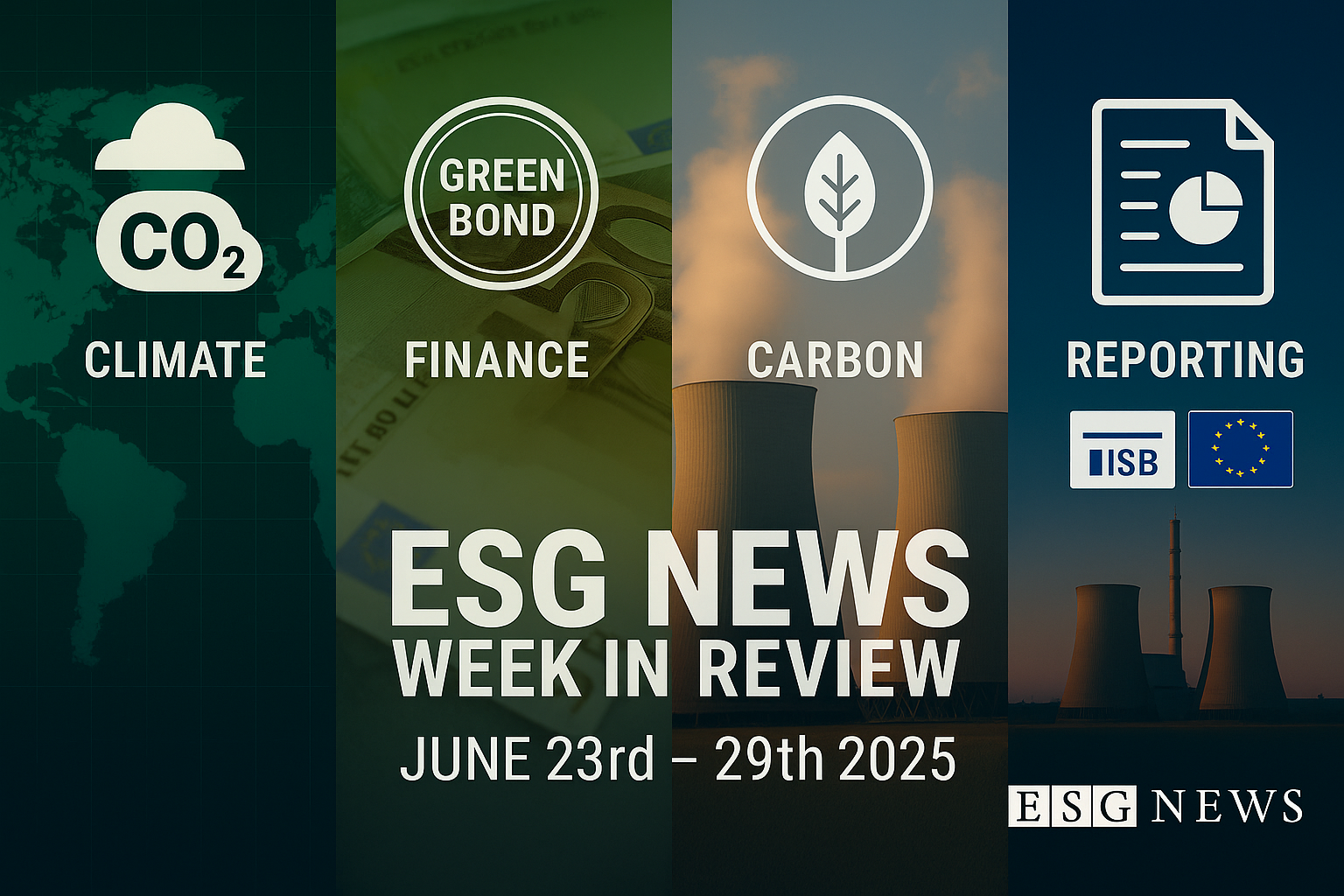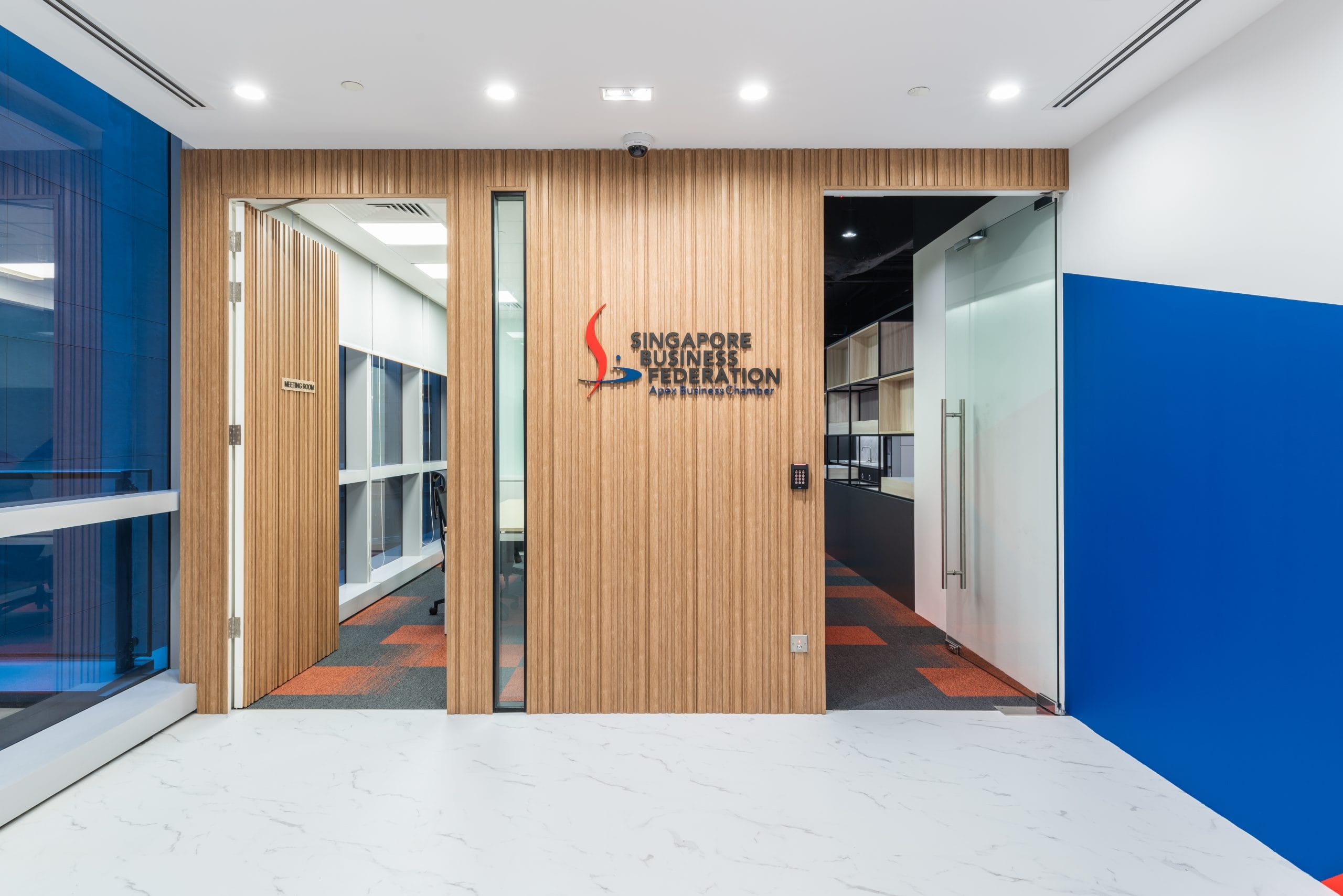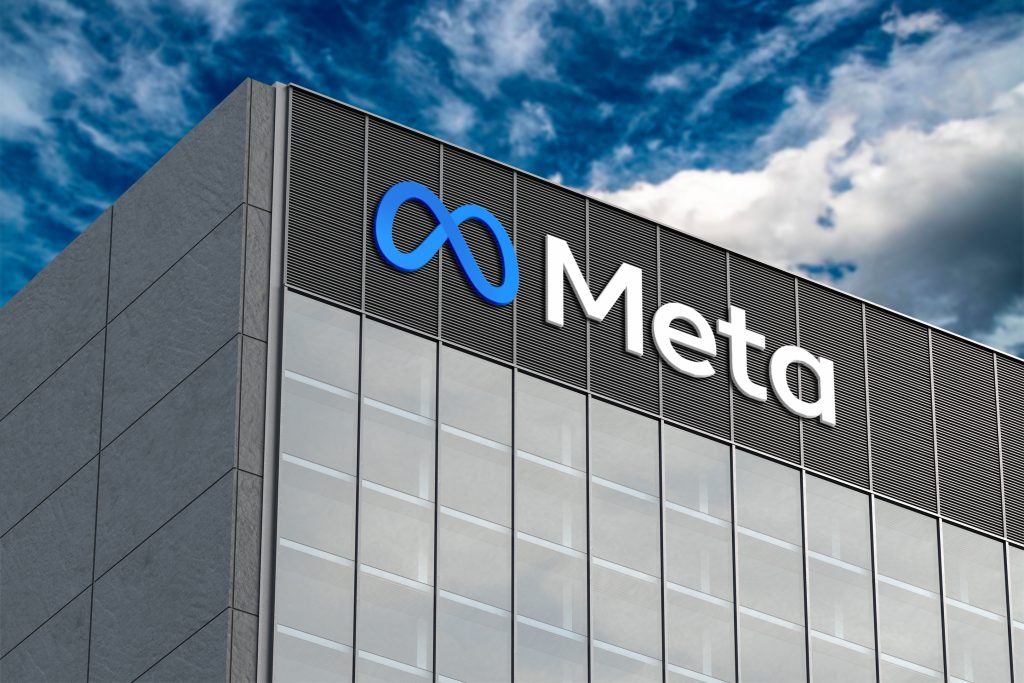Microsoft Surpasses 2025 Zero-Waste Goal with 90.9% Hardware Circularity

|
Listen to this story:
|
- Ahead of Schedule: Microsoft achieved a 90.9% reuse and recycling rate for servers and components—surpassing its 2025 zero-waste target a year early.
- Circular Innovation: Over 3.2 million components were reused in 2024, driven by expanded Circular Centers across three continents.
- Sustainable Supply Chain: Partnerships and packaging innovations helped divert 2,500+ metric tonnes of waste from landfills and recover critical raw materials with 95% lower emissions.
Microsoft has hit a major environmental milestone—achieving a 90.9% reuse and recycling rate for its servers and components in 2024, a full year ahead of its zero-waste target for 2025.
This marks a significant leap in Microsoft’s broader environmental vision to become carbon negative, water positive, and to protect more land than it uses by 2030.
“This achievement reflects our commitment to embedding circularity into every layer of our cloud operations,” the company stated.
A core driver of this success is the growth of Microsoft’s Circular Centers, which manage the reuse and recycling of datacenter hardware. Since opening its first site in Amsterdam in 2020, the company has added five more across the U.S., Ireland, and Singapore, with new facilities underway in Wales, Australia, and Texas.
In 2024, these centers enabled the reuse of over 3.2 million components—a 30% increase in value recovery. Repurposed hardware was redeployed internally, supplied to other supply chains, or provided to technical education programs.
RELATED ARTICLE: Microsoft CSO Melanie Nakagawa on Progress, Challenges, and AI’s Role in Achieving 2030 Sustainability Goals
Microsoft also tackled e-waste at the component level. Working with Western Digital, Critical Materials Recycling, and PedalPoint Recycling, the company processed 50,000 pounds of end-of-life hard drives.
The result: “a 90% recovery rate of critical raw materials using an acid-free method that cuts emissions by 95% versus traditional mining,” according to lifecycle assessments.
Efforts extend beyond hardware. With 150+ OEMs, Microsoft is redesigning datacenter packaging, traditionally composed of wood, glue, and foam. This collaboration has already diverted over 2,500 metric tonnes of waste, including materials from 30,000+ server racks, away from landfills.
Reusable packaging trials are also underway to reduce single-use materials while protecting hardware during global transit.
The company continues to explore alternatives to hard-to-recycle plastics, investing in paper- and pulp-based materials to improve end-to-end sustainability across its infrastructure.
“Our goal is not only to meet targets—but to redefine what’s possible in a circular, low-impact cloud economy,” Microsoft emphasized.
Follow ESG News on LinkedIn







